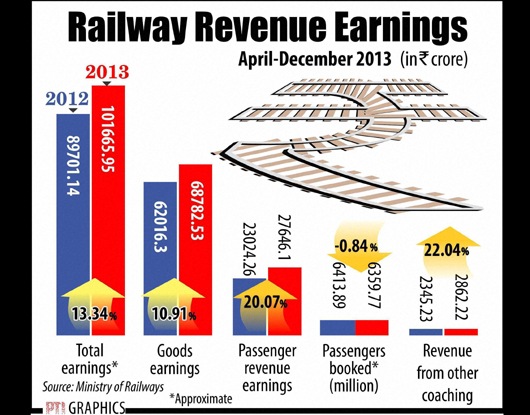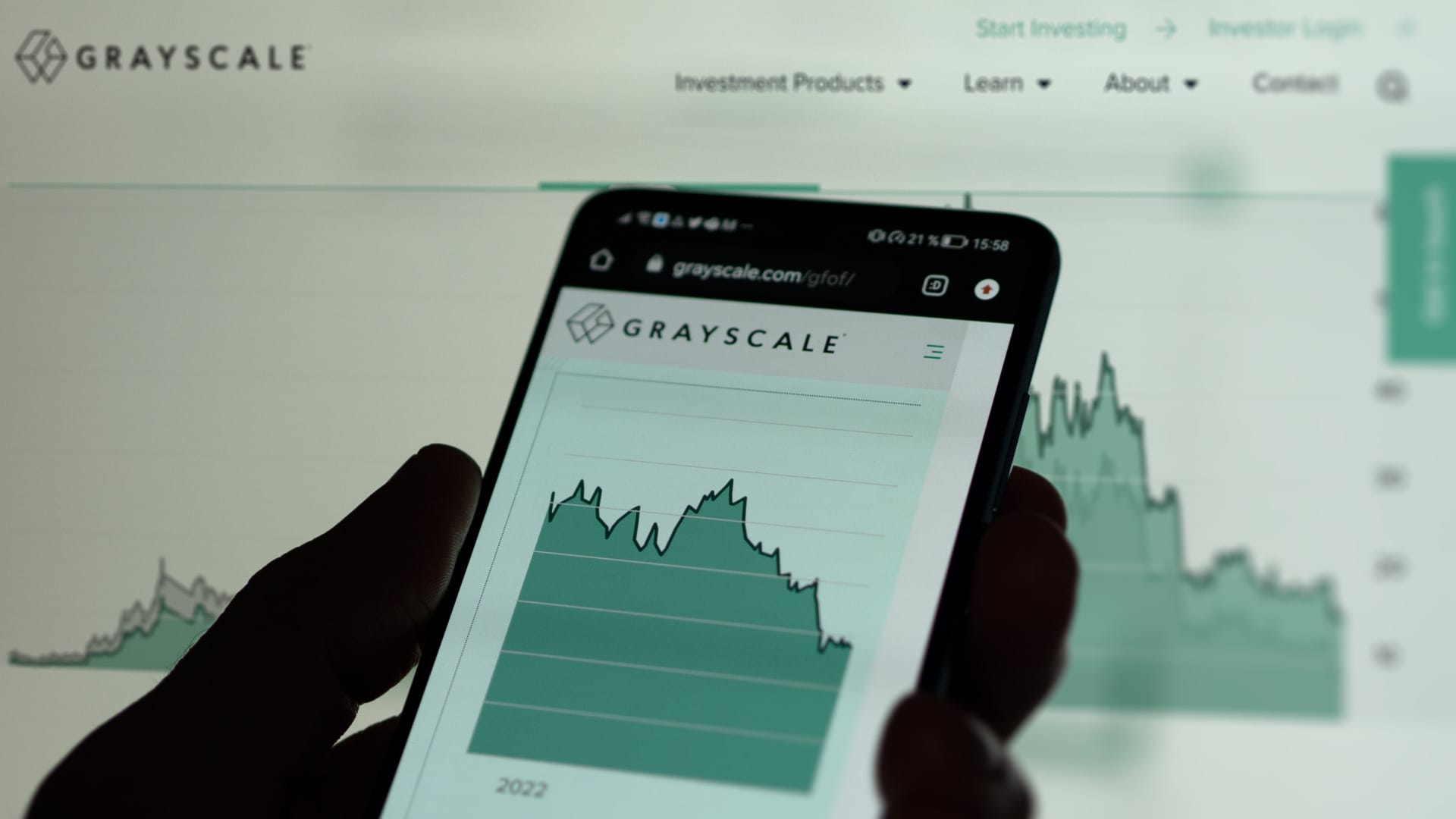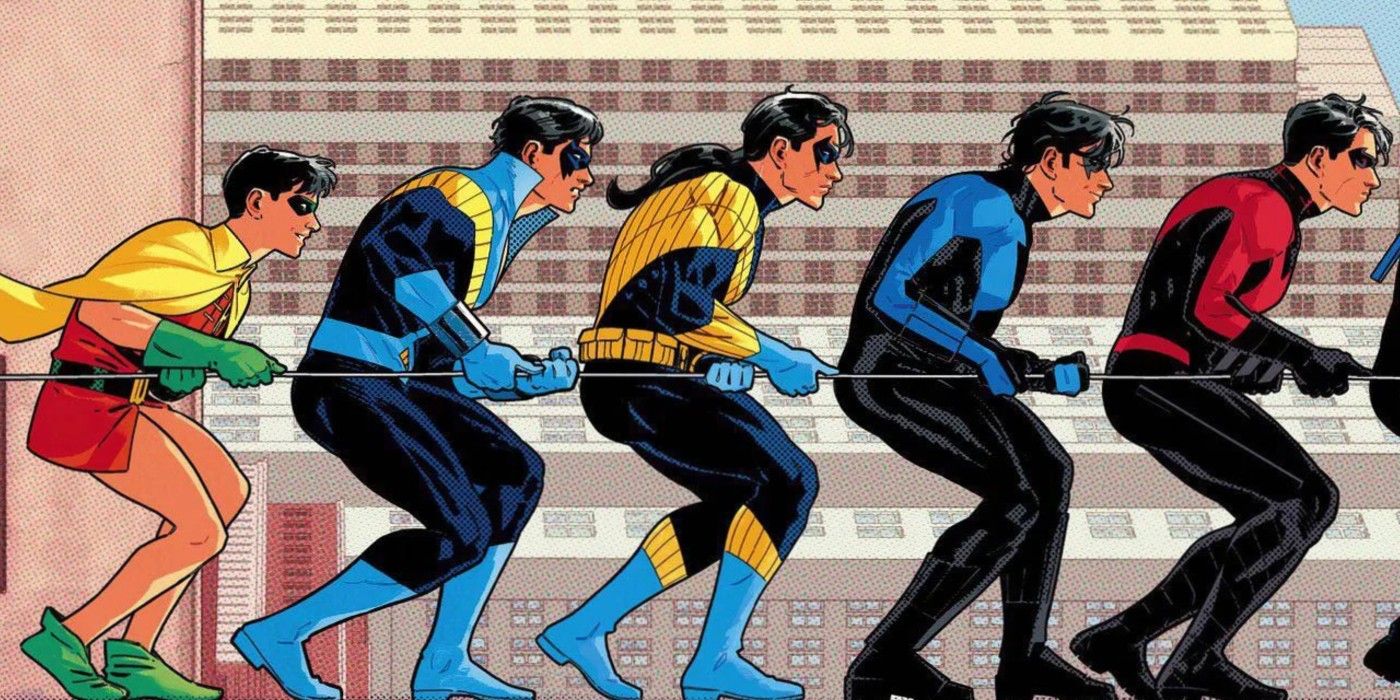Papal Conclave Explained: How The Next Pope Is Chosen

Table of Contents
Understanding the Papal Conclave: A Historical Overview
The method of electing a Pope has evolved significantly throughout history. Early methods were often chaotic and influenced by political maneuvering, far removed from the structured process we see today. Key figures like Pope Gregory X, in the 13th century, played crucial roles in shaping the Conclave as we know it. His reforms, prompted by a lengthy and tumultuous papal election, significantly streamlined the process, introducing elements that persist to this day.
- Early methods of papal election: These varied considerably, sometimes involving popular acclamation or decisions by powerful figures within the Church. This often led to prolonged periods of vacancy and significant political infighting.
- The introduction of the Conclave system: Pope Gregory X's reforms in 1274 officially established the Conclave, confining the cardinals to a specific location to ensure a quicker and less politically influenced election.
- Key reforms throughout history: Subsequent reforms refined the process further, addressing issues such as preventing external influence and ensuring the secrecy of the proceedings. Modern regulations, especially those enacted in the 20th and 21st centuries, further clarified the rules and procedures.
The Pre-Conclave Process: Preparing for the Election
The period following the death or resignation of a Pope, known as sede vacante (the vacant see), is a time of intense preparation for the upcoming Conclave. The College of Cardinals, the body responsible for electing the new Pope, assumes responsibility for managing the Church during this interim period.
- The sede vacante period: This period is governed by established rules and traditions, ensuring the smooth functioning of the Church until a successor is chosen.
- The gathering of Cardinals in Rome: Cardinals from around the world converge on Rome, preparing for the crucial task ahead. This gathering itself is a significant event, attracting media attention and speculation.
- Preparation of the Sistine Chapel: The Sistine Chapel, the iconic setting for the Conclave, undergoes meticulous preparation to ensure the secrecy and solemnity of the proceedings. This involves security measures and the installation of necessary equipment for voting.
The Conclave: Inside the Secret Election
The Conclave itself is characterized by intense secrecy and rigorous procedures. The cardinals are confined within the Sistine Chapel, completely isolated from the outside world. The voting process, which involves multiple ballots, is designed to ensure a fair and impartial selection.
- The secrecy surrounding the Conclave: Maintaining absolute secrecy is paramount, preventing external influence and preserving the integrity of the election.
- The mechanics of the voting process: Cardinals cast secret ballots, meticulously counted by scrutineers to determine the outcome. A two-thirds majority is required to elect a new Pope.
- The role of the scrutineers and the Master of Ceremonies: These individuals play critical roles in managing the voting process, ensuring fairness and accuracy.
- The significance of the white smoke signal: The iconic white smoke signal, visible from the Sistine Chapel chimney, announces to the world that a new Pope has been elected.
After the Election: Announcing the New Pope
The announcement of the new Pope, the electrifying "Habemus Papam!" ("We have a Pope!") from the Sistine Chapel balcony, is a globally televised event watched by millions. This marks the beginning of a new era for the Catholic Church.
- The announcement from the Sistine Chapel balcony: This moment is filled with anticipation and excitement, as the world awaits the name of the newly elected Pontiff.
- The first Papal Mass and blessing (Urbi et Orbi): The newly elected Pope celebrates his first Mass and delivers a blessing to the city of Rome ("Urbi") and the world ("et Orbi").
- The new Pope's inaugural address: The Pope outlines his vision for the Church and his priorities for his papacy.
Key Considerations and FAQs about the Papal Conclave
The Papal Conclave is a complex process, often surrounded by questions and misconceptions. Understanding the eligibility criteria for participating cardinals and the procedures for handling unforeseen circumstances is crucial.
- Can a Cardinal withdraw his candidacy? Yes, a Cardinal can withdraw his candidacy at any time before the election is concluded.
- What happens if there's a deadlock? If no candidate receives the necessary two-thirds majority after a certain number of ballots, procedures are in place to address the situation, potentially including further deliberation and even a modification of the voting process.
- The role of divine intervention in the selection process: The selection process is viewed differently by various groups. Some believe divine guidance plays a role, while others emphasize the importance of the cardinals' careful consideration and judgment.
Conclusion
The Papal Conclave, a centuries-old process for electing the head of the Catholic Church, remains a captivating and complex event. Understanding its historical evolution, intricate procedures, and key considerations provides valuable insight into one of the most significant events in the religious world. From the sede vacante period to the dramatic announcement of "Habemus Papam!", each stage of the Papal Conclave holds its own unique significance. Learn more about the intricacies of the Papal Conclave and its historical evolution. Further research into this fascinating process will deepen your understanding of this crucial event in the Catholic Church. Explore our resources on the [link to relevant resources].

Featured Posts
-
 El Impacto De La Presion La Confesion De Simone Biles Mi Cuerpo Se Derrumbo
May 07, 2025
El Impacto De La Presion La Confesion De Simone Biles Mi Cuerpo Se Derrumbo
May 07, 2025 -
 Broadcoms V Mware Deal At And T Details Extreme Cost Implications
May 07, 2025
Broadcoms V Mware Deal At And T Details Extreme Cost Implications
May 07, 2025 -
 Wyl Smyth Yhtfl Bywm Mylad Jaky Shan Baldhk Walrqs Walghnae
May 07, 2025
Wyl Smyth Yhtfl Bywm Mylad Jaky Shan Baldhk Walrqs Walghnae
May 07, 2025 -
 Bse Stock Rally Positive Earnings Impact Indian Bourse
May 07, 2025
Bse Stock Rally Positive Earnings Impact Indian Bourse
May 07, 2025 -
 Xrp On The Brink Of A Record High The Grayscale Etf Factor
May 07, 2025
Xrp On The Brink Of A Record High The Grayscale Etf Factor
May 07, 2025
Latest Posts
-
 From Skimpy To Symbolic Understanding Rogues Costume Evolution In X Men
May 08, 2025
From Skimpy To Symbolic Understanding Rogues Costume Evolution In X Men
May 08, 2025 -
 X Men Rogues Costume Evolution A Surprising Shift
May 08, 2025
X Men Rogues Costume Evolution A Surprising Shift
May 08, 2025 -
 Rogue One Actors Revealing Thoughts On Fan Favorite
May 08, 2025
Rogue One Actors Revealing Thoughts On Fan Favorite
May 08, 2025 -
 Honest Reflections A Rogue One Star On A Popular Character
May 08, 2025
Honest Reflections A Rogue One Star On A Popular Character
May 08, 2025 -
 The Rogue One Recut What The Andor Director Almost Revealed
May 08, 2025
The Rogue One Recut What The Andor Director Almost Revealed
May 08, 2025
